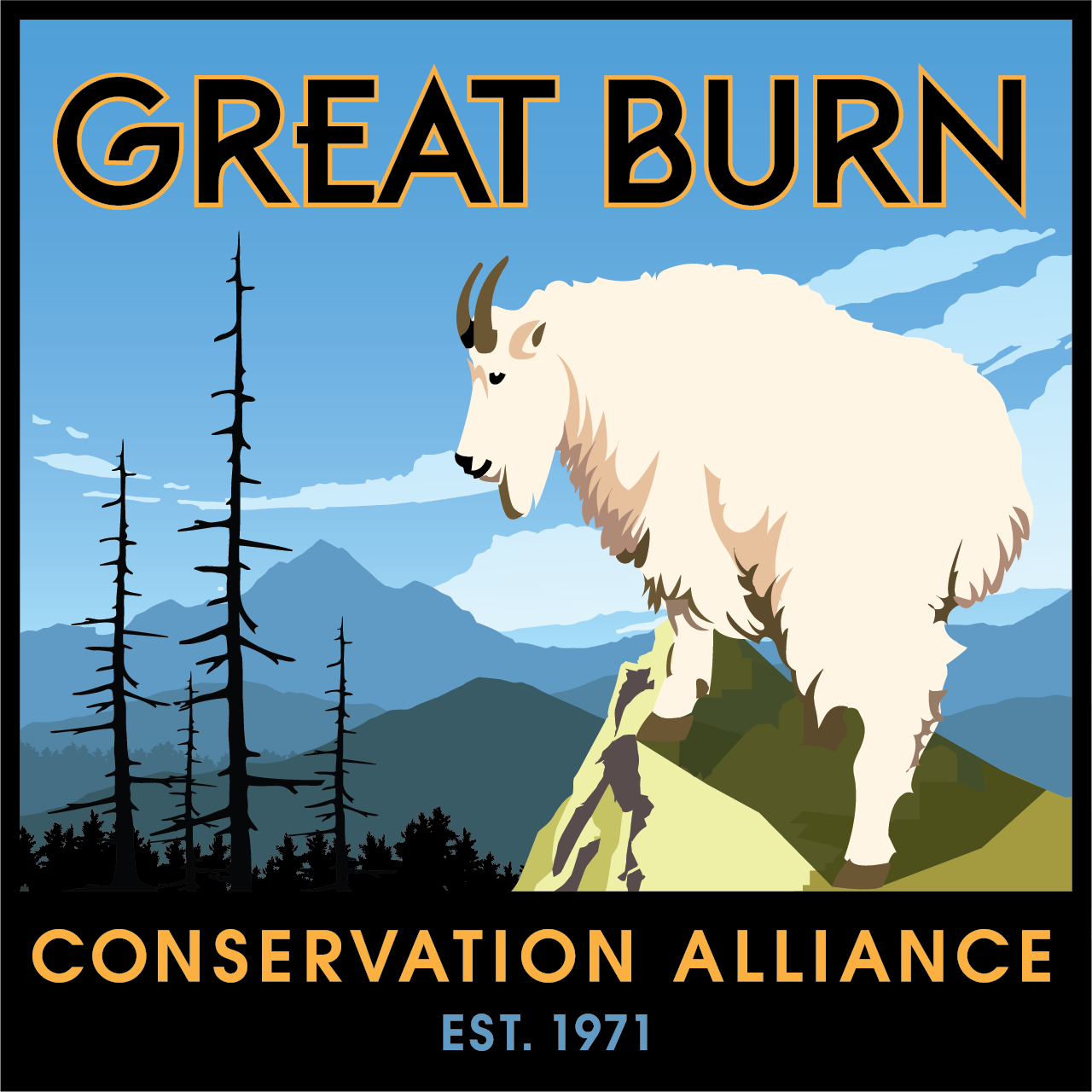Room to Roam
The Great Burn ecosystem contains high-quality habitat for many wildlife species, including those that require intact, functional landscapes—what scientists call ‘large intact blocks’—to survive. Rocky Mountain elk, mountain goat, whitetail and mule deer, gray wolf, cougar and black bear are just some of these species.
Open hillsides left by a history of fire offer extraordinary habitat for elk. The legendary Clearwater elk herd, widely known for its abundance of trophy bulls, relies on the Great Burn area for summer range.
A place for recovery
Species like lynx, fishers, wolverines, marten, and native fish and white bark pine, whose habitat is rapidly disappearing elsewhere on the continent flourish here.
The U.S. Fish and Wildlife Service deemed the Great Burn ecosystem and its surrounding roadless lands as prime grizzly bear recovery habitat and a key corridor connecting the Bitterroot Ecosystem Grizzly Recovery Zone to population sources in the North Continental Divide and Greater Yellowstone Ecosystems. Recent sightings confirm that grizzly bears are already traveling through the area en route to the Recovery Zone.
Free flowing habitat
The Great Burn ecosystem is home to forty free-flowing river segments, including nine designated or recommended Wild and Scenic Rivers. The rivers of the Great Burn drain into the Snake and Clark Fork Rivers en route to the Columbia River and Pacific Ocean.
These pristine waters are critical habitat for threatened native bull trout and contain some of the last remaining populations of genetically pure westslope cutthroat trout.
Kidding Around
The Great Burn is also home to two native herds of mountain goats, one of which spends its summers on the cliffs above one of the area’s most popular hiking destinations, Heart Lake. You can help us keep goats and visitors safe by becoming a Heart Lake Ambassador.




